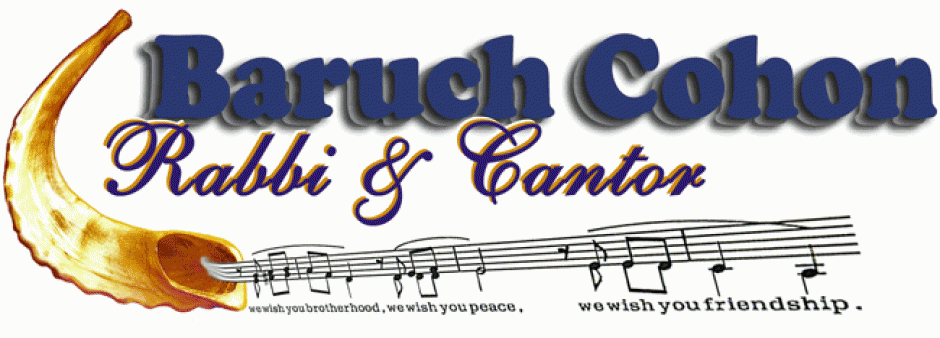
CONSECRATING CLOTHES – “T’tzaveh”, Ex. 27:20–30:10, by Rabbi Baruch Cohon
Those who perform sacred rites, whether the High Priest in Jerusalem, the Dalai Lama in his Himalayan refuge, the Pope in Rome, or a Navajo Medicine Man, build their holy image by what they wear. In religious life ancient or modern, sophisticated or primitive, we recognize more readily a ritual leader who “looks the part.” Our reading for Shabat T’tzaveh provides an impressive pattern for that image.
Here we will read of priesthood. Aaron becomes the official High Priest of Israel in the desert, and his sons assist him in some serious duties. The first of his duties is to kindle the Eternal Light – ner tamid – which signified the sanctity of the Tabernacle, and still shines in our synagogues. While now it shines day and night, the Torah calls for it to be lit at night with enough pure olive oil to burn till morning. And we all remember the Hanukkah miracle, when the one-day jug of oil burned for 8 days.
Of course, kindling the light is not a blue-jeans job. All the priests had to wear specific clothing and Aaron’s was to be particularly distinctive. So the bulk of this week’s reading will describe each of these consecrating clothes in detail. Breastplate, ephod, robe, checkered tunic, mitre and sash. Skilled craftsmen were called on to make these garments. Gold thread, turquoise and purple and scarlet wool, and fine linen fashioned by an expert weaver. The breastplate had 12 gems on it, 4 rows of 3 stones each, with the names of the tribes on them. And what is an ephod? It is described as a snug sleeveless short coat with shoulder straps, worn over the robe. Under the robe, the priest wore trousers – which most men of that era did not – to ensure modesty when he was offering sacrifices.
Sacrifice was the daily duty of the priests, the Cohanim. And after we read all the minute details of their wardrobe, we will find a description of the sacrificial ceremony that ordained the priests. Then comes the order of the daily meat and meal and wine sacrifices, and the design of the altar of incense. It seems that the Torah even anticipates the inevitable soiling of the consecrating clothes with sacrificial waste – blood, fat, etc. – because it requires that they be worn for just one week at a time. The original consecration ceremony was repeated daily for seven days. And what did they wear after that? We do not read about a change of robes, but maybe we need to take that for granted. Consecrating clothes should be clean.
The priest’s outfit was not all cloth, however. Besides the breastplate which symbolized the total nation he served, he wore a forehead plate (tzeetz) which fit around his head over his mitre or turban and bore the words “holy to G-d.” And attached to his robe were bells which he rang when he entered the sanctuary, alerting the people gathered there that the priest arrived and the ceremony could begin.
Religious regalia set its wearers apart from the populace they served. Perhaps it even gave them a questionable air of superiority. We know that in later times some priests misused their position with sometimes disastrous results. Both on individual and communal levels, the Tzidukim or Sadducees were known to exercise their authority in direct opposition to the rabbinical view of tradition. They wore their priestly robes with excess pride. No wonder that modern Jewish practice limits the elaborateness of consecrating clothing for officiants. Today’s cohanim, myself included, wear no special robes. In fact, when asking G-d’s blessing on the people, we just take off our shoes and pull the tallis over our heads.
It is we who consecrate our clothing, designating some of it for special occasions. Our clothes do not consecrate us. What we say outranks what we wear, and can symbolically make it sacred.

